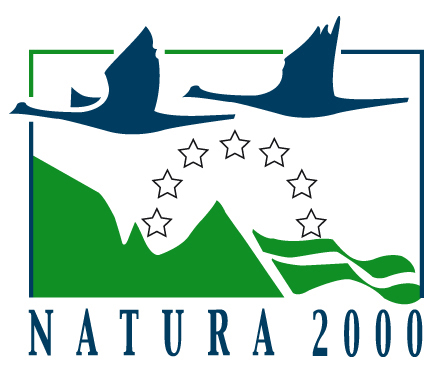Our country is a signatory to the following international conventions and agreements relevant to biodiversity protection:
- Convention on Wetlands of International Importance Particularly as Waterfowl Habitat (Ramsar, 1971) – Ratified by decree (Official Gazette of SFRY no. 9/77), acceded with an Act of Succession since 1995.
- Convention on the Protection of the World’s Cultural and Natural Heritage (Paris, 1972) – Ratified by law (Official Gazette of SFRY no. 56/74), acceded by means of succession and became Party to the Convention since 1991.
- Convention on International Trade in Endangered Species of Wild Fauna and Flora (CITES) (Washington, 1973) – Ratified by law (OGRM no. 82/99), contracting party since October 2000.
- Convention on the Conservation of Migratory Species of Wild Animals (Bonn, 1979) – Ratified by law (OGRM no. 38/99) in force since November 1999.
- Convention on the Conservation of European Wildlife and Natural Habitats (Bern, 1982) – Ratified by law (OGRM no. 49/97) and in force since April 1999.
- Convention on Biological Diversity (Rio de Janeiro, 1992) – Adopted in 1997 (OGRM no. 54/97) and became Party on 2 March, 1998.
- Agreement on conservation of European populations of bats (London, 1991) – Ratified by special law (1999) and in force since October 1999
- Agreement on the Conservation of African-Eurasian Migratory Water-Birds (Hague, 1995) – Ratified by special law (June 1999) and in force since November 1999
- European Landscape Convention (Florence, 2000) – Ratified by special law (OGRM no. 44/03)
Beside the Birds and Habitats Directives, other sources of EU Nature Acquis should be taken into consideration while they are immediately linked to those two directives
- Directive 2001/42/EC on the assessment of the effects of certain plans and programmes on the environment
- Directive 2011/92/EU of the European Parliament and of the Council of 13 December 2011 on the assessment of the effects of certain public and private projects on the environment
- Directive 2003/4/EC of the European Parliament and of the Council of 28 January 2003 on public access to environmental information
- Directive 2003/35/EC of the European Parliament and of the Council of 26 May 2003 providing for public participation in respect of the drawing up of certain plans and programmes relating to the environment
- Directive 2004/35/EC of the European Parliament and of the Council of 21 April 2004 on environmental liability with regard to the prevention and remedying of environmental damage
- Directive 2008/99/EC on the protection of the environment through criminal law
For the purpose of transposition of EU legislation related to protection of nature, the most important sources of law are the Law on Nature Protection and the Law on Environment.
- The law on Nature Protection was enacted in 2004 as a general law that regulates the protection of nature by protecting the biological and landscape diversity, and the protection of the natural heritage, in protected areas and outside of protected areas, as well as protection of natural rarities. Since then, several amendments have been made, also for the purpose of approximation with EU nature legislation.
- Law on Environment is a horizontal source of law, regulating rights and responsibilities of the Republic of Macedonia, of the Municipality, of the City of Skopje and the Municipalities in the City of Skopje, as well as the rights and the responsibilities of legal and natural persons, in the provision of conditions required to ensure protection and improvement of the environment, for the purpose of exercising the right of citizens to a healthy environment. The law also provides definitions of used terminology and environmental protection principles.



